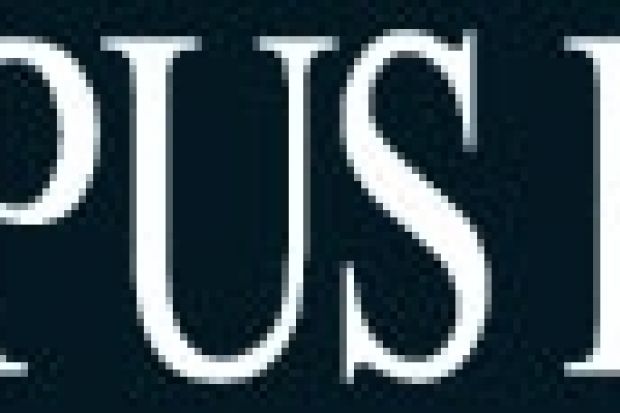A suggestion that capping the number of international students in Australia could improve educational quality is not winning support among bodies representing the sector.
The International Education Association of Australia (IEAA), Universities Australia, TAFE Directors Australia, the Australian Council for Private Education and Training and other groups are discussing the idea in meetings this week.
The peak bodies are considering their responses to a discussion paper released in April by a new advisory council to the federal government charged with developing a national strategy for international education. Among the ideas put forward by the International Education Advisory Council (IEAC) is setting targets for a “sustainable” number of international students across education sectors.
However, ahead of this week’s meetings, IEAA executive director Phil Honeywood said the idea needed to come off the table completely. “It’s ironic that at a time when we’re uncapping places across universities, we’re discussing potentially capping international students. I don’t think that’s what we need at the moment,” Honeywood told Campus Review.
Although lucrative, the A$15 billion (£9.4 billion) international education industry has been dealt a multibillion-dollar blow in recent months. In the 25-page discussion paper, the IEAC – which is chaired by Michael Chaney, who is chancellor of the University of Western Australia and chairman of National Australia Bank – acknowledges the sector’s challenges and the widely publicised reasons for its downturn.
As a possible remedy, the paper says that: “The council is interested to hear views on whether it is possible or desirable to set national or state and territory and/or institutional targets for a sustainable number of international students across the various education sectors.”
But Honeywood said that caps were not an answer. “We would be resistant to having government-imposed caps on international students by institution,” he said. The IEAA was concerned that ambiguous language in the paper also flagged potential over-regulation of transnational education in the public vocational education and training sector and was sending mixed messages.
“Technical and further education institutes, for example, have been told by Knight [review of international student visas] that’s where the growth is – that your future is offshore,” Honeywood said. “We can’t have an amber light; we need to have a green light, with an appropriate regulatory framework.”
The 11-member IEAC, which reports to the tertiary education minister, was established last October. It is expected to be a major contributor to the development of a five-year national strategy. However, Honeywood said that the industry had its own ideas for a strategy. “Six key international education peak bodies have made significant progress on consensus for a comprehensive international education strategy for Australia. We’re hopeful that this will result from the Chaney review. However, we’re keeping our options open based on what comes out,” he said.
The sector widely criticised another international student strategy released by the Council of Australian Governments in 2010 for failing to address the complexity of issues that affect the industry and its students.
Register to continue
Why register?
- Registration is free and only takes a moment
- Once registered, you can read 3 articles a month
- Sign up for our newsletter
Subscribe
Or subscribe for unlimited access to:
- Unlimited access to news, views, insights & reviews
- Digital editions
- Digital access to THE’s university and college rankings analysis
Already registered or a current subscriber? Login
